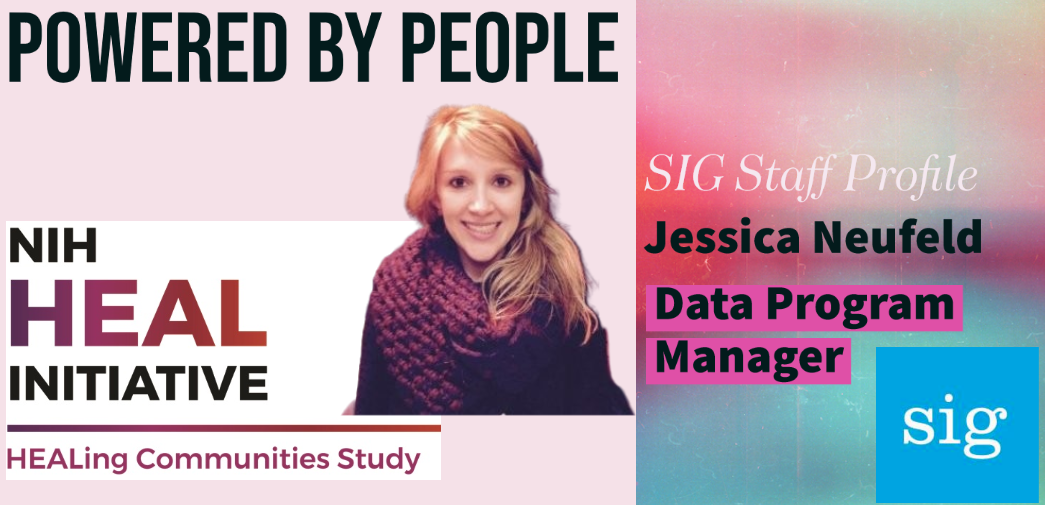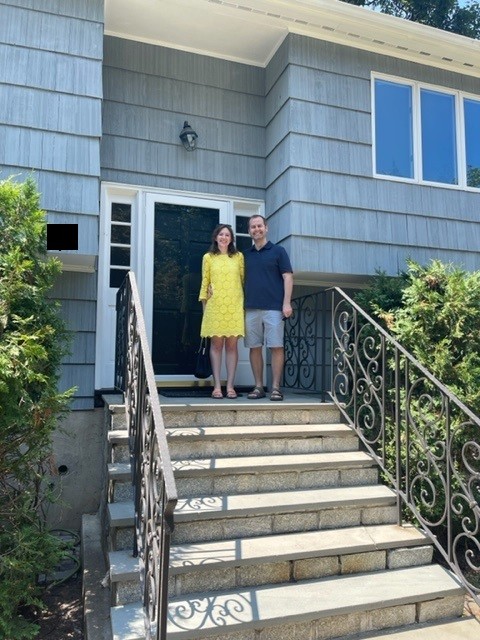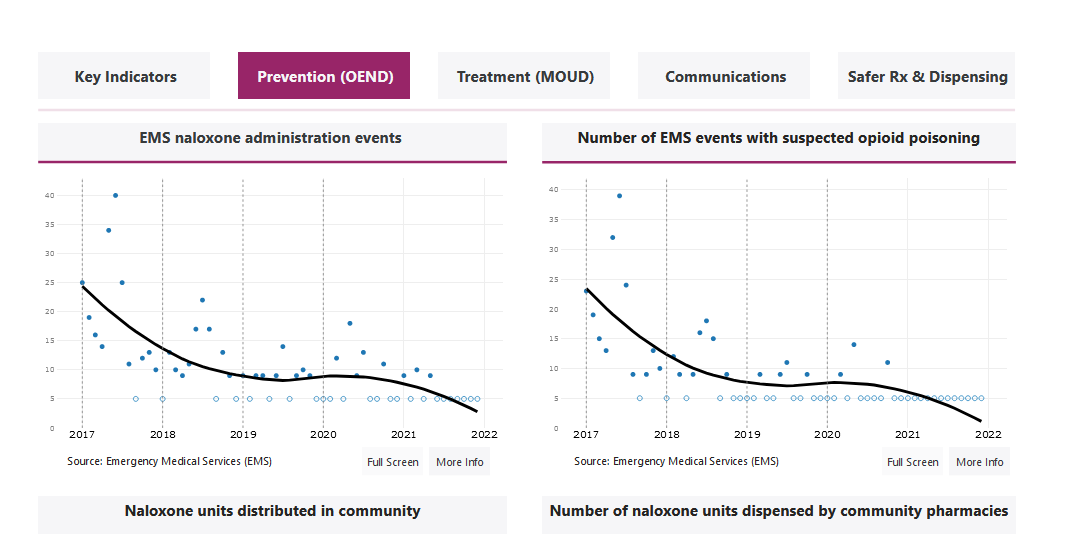Jessica Neufeld is the Data Program Manager for the HEALing Communities Study (HCS) at SIG. We interviewed her as part of our new #PoweredbyPeople series.

The HEALing Communities Study (HCS) is a community-driven, evidence-based and data-informed approach that aims to reduce opioid and overdose deaths. The HCS study operates in four states. New York’s study is led by Principal Investigator Nabila El-Bassel, PhD together with a large number of multidisciplinary scientists.
Meet Jessica
Jessica began in March 2021, inspired by the opportunity that she said offered a unique “blend of social work and research.” Indeed, SIG is housed within the Columbia School of Social Work (CSSW) and among its staff are epidemiologists, biologists, faculty researchers, and other scientists drawing from both public health and social work backgrounds.
CSSW Shares HCS Accomplishments
Jessica’s background is in behavioral and public health. “I am interested in large-scale policy changes in behavioral health. At HCS, I am learning so much about New York healthcare and understanding the nuances of urban health care versus rural. I have seen the partnership develop between the New York Department of Health and Columbia.”
As the data program manager, Jessica appreciates HCS’s focus on data-driven decision making, as well as the investment in data-focused positions. In fact, HCS in New York allocated funding for a local data coordinator for all 16 New York counties.
“The data coordinator’s role has been helpful in conveying the data in a way to create a bridge between the work everyone is doing and showcasing it in a way that’s impactful.”
Data functions in many ways in the study. Jessica shares how:
I was inspired by the opportunity [offering] a unique blend of social work and research.
“We get large administrative data from the Department of Health. Biostatisticians from the University of Miami analyze the data and convey it to the county staff. This is then housed in the HCS Portal and visualized by CUIT using PowerBI, a data visualization tool. Updated monthly, the HCS Portal serves as a dashboard that can be accessed by the county community members."
Jessica continues:
"Data is also collected from county partners once they have implemented their evidenced-based practices. The County Program Manager and Data Coordinators share the data back to their coalition so communities can see their progress. A facet of the administrative data we are encouraging counties to focus on is the use of the demographic data related to opioid overdoses.
Vital Record (death certificates) can be broken down by the county’s demographics and utilized to address gaps in care. The hope from viewing the demographics is to provide a data driven perspective on who in the county population are dying from overdoses. I’m happy we are starting this data demographics conversation early with Wave 2.”

Recovery is cyclical. Treatment can mean different things for each individual.
There are, indeed, many misconceptions about substance use and overdose. Due to this and other stigmas around medication for opioid use disorder (MOUD), having access to data can provide clarification and confirmation around the number of waivered MOUD prescribers in the county or which pharmacies carry naloxone.
“Through evidence-based practices , we are trying to increase medication for opioid use disorder, so seeing the number of people receiving prescriptions for buprenorphine provides a baseline to grow this practice in each county.”
“Recovery is cyclical,” Jessica emphasizes. “Treatment can mean different things for each individual.”
There are barriers to receiving treatment and care for many individuals, on top of varying levels of support systems.. “The blame is put on the individual as opposed to the system being fragmented.”
Jessica is heartened by the county staff she works with – “They are so empathetic. Their heart is in the work.”
New Article Published in the Times Union Albany
Jessica notes the community-driven approach as inspiring, culminating in community coalition meetings. These meetings include people from the community including those who have been directly impacted by the crisis, many with lived experience. “To hear people sharing their experiences is powerful and moving.”
There are also exciting data-driven processes on the horizon at HCS. In particular, she noted agent-based modeling, which are computer simulations which the county can use to model interactions between agents (people) within specific increases around naloxone distribution and MOUD expansion.
“Agent-based modeling will be very helpful for the counties to make data-driven decisions,” Jessica shared. “By toggling different options they can make predictions. It’s very useful – like a mortgage predictor.”
Perhaps a mortgage predictor is top-of-mind since Jessica just bought a new home. Outside of work, she enjoys traveling (pre-pandemic) and being a rooftop gardener.

Many people may feel overwhelmed by the crisis, both by the grief of loss and the magnitude of the problem. Jessica said many don’t think about substance use disorder unless they know someone personally. She advises people to have discussions.
“Don’t be afraid to talk about substance use disorder and learning more about it. Don’t shun individuals who use drugs. Carry Naloxone. Be open to overdose prevention sites in your community. It could save the life of your neighbor, friend, or family member.”


